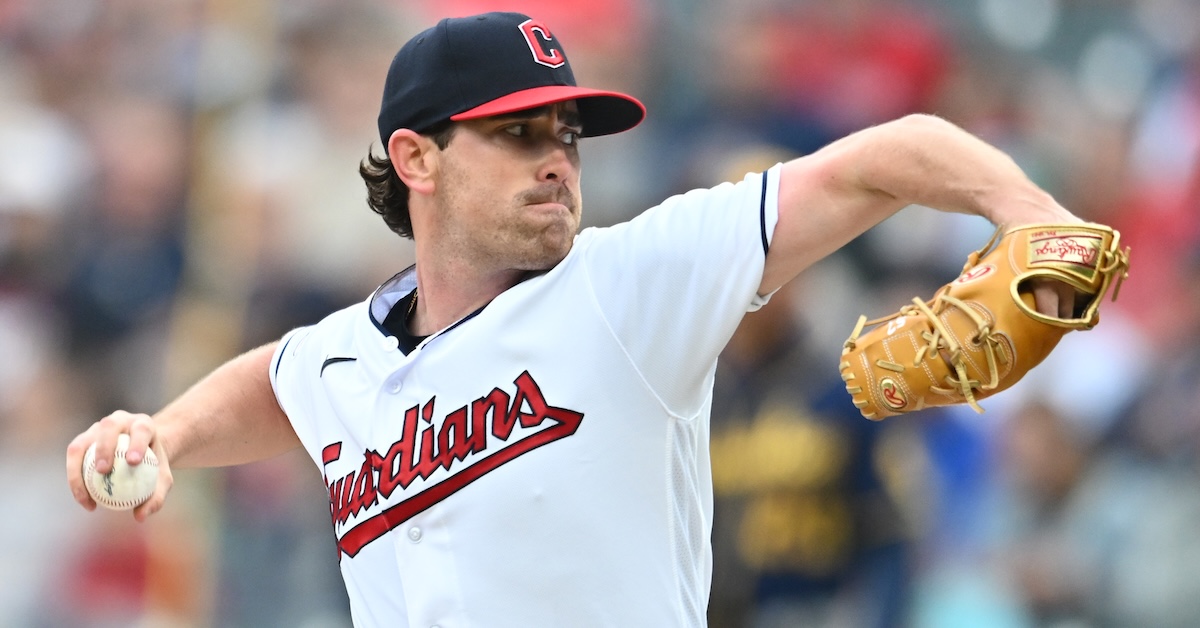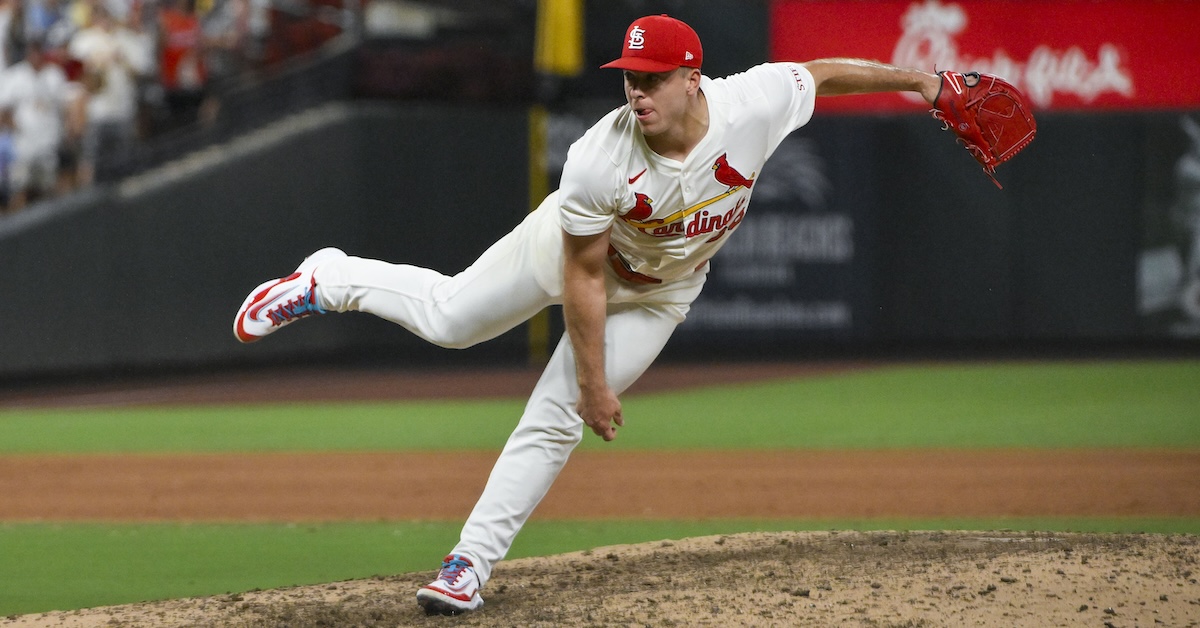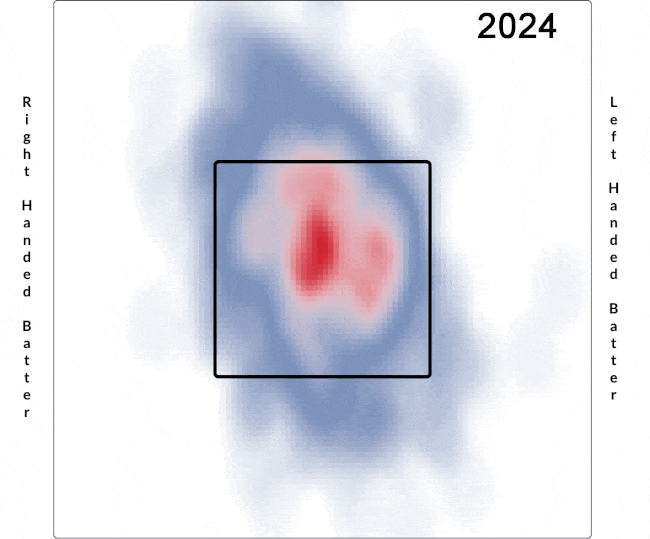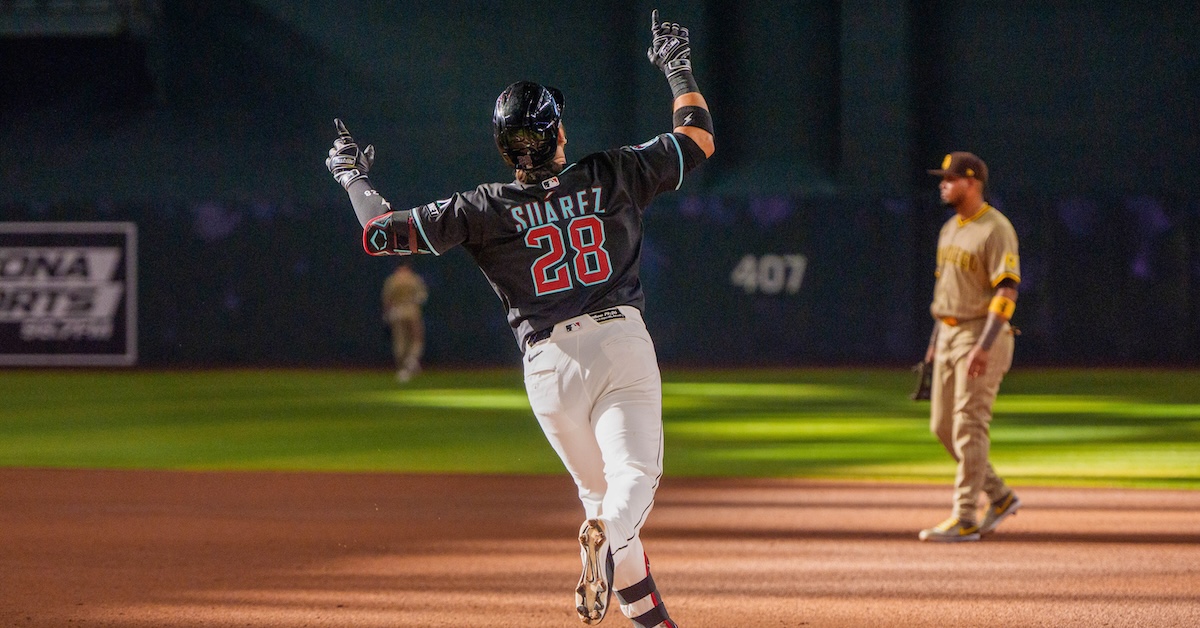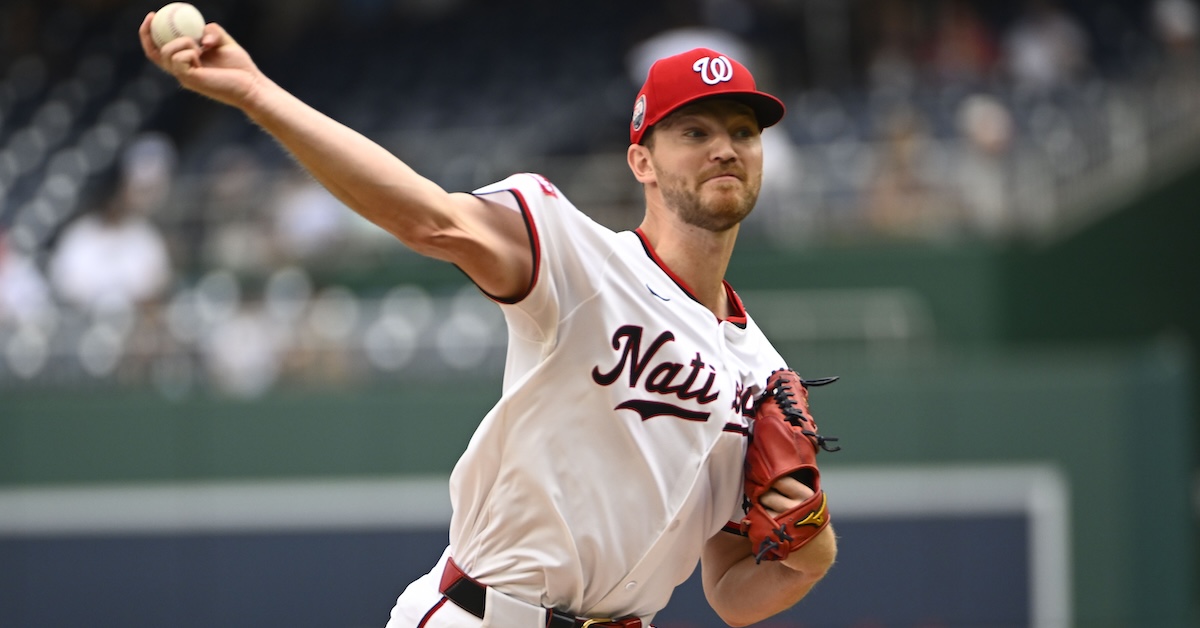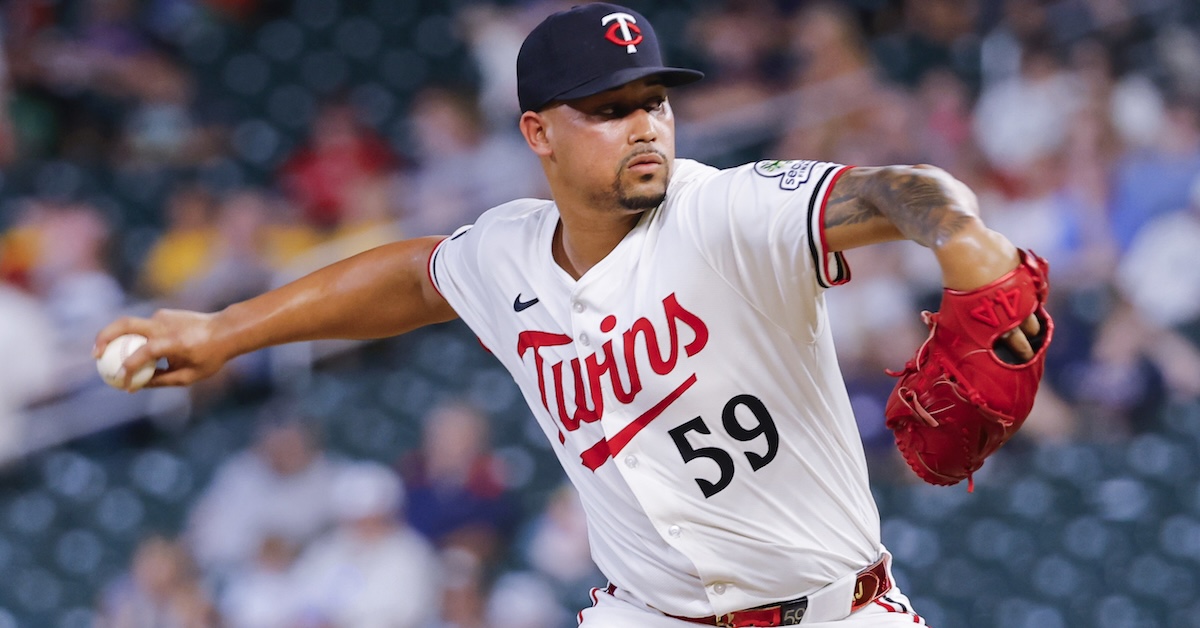The Red Sox Load Up On Lefty Specialists

In a deadline where things are shaping up to be a little spicier than anticipated — Mason Miller for Leo De Vries and friends, holy cannoli — Steven Matz’s arrival in Boston in exchange for first base prospect Blaze Jordan feels destined to get swept under the rug. But wait, don’t look away yet. This season, Matz shifted to short-term relief work for the first time in his career, and the results have been impressive. In 55 innings, he’s delivered a 2.87 FIP, mostly on the strength of a minuscule 4% walk rate and excellent home-run suppression.
Matz hasn’t really overhauled anything about his arsenal with his move to the ‘pen. His heater is up maybe a tick, but it’s still the same fundamental Matz package, remarkably unchanged since his 2015 debut: heavy sinker usage, a slow two-plane curveball, and a changeup to mix in against right-handed hitters:
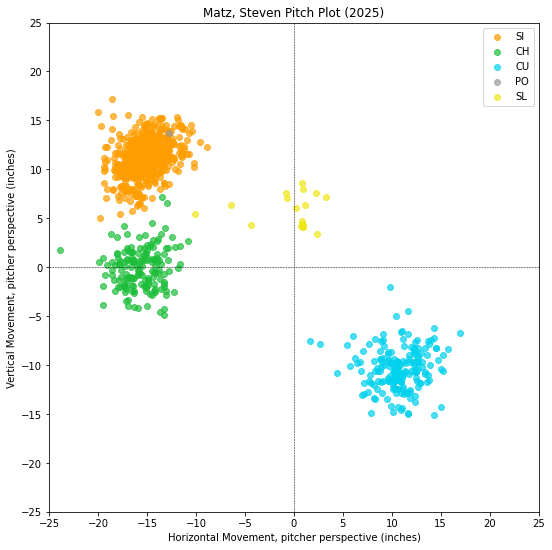
The lateral movement and lack of carry on his sinker makes it a somewhat ineffective pitch against righties, but those same qualities render it a weapon against lefties. Same-handed hitters are hitting .179/.216/.226 against Matz this season, good for just a .199 wOBA. Among pitchers who have thrown at least 250 pitches to lefties this season, he ranks 13th best in wOBA allowed.
Early in counts, Matz pounds the outside edge with that sinker. The precision aim — he zones the pitch nearly 65% of the time while aiming for a fine target — gets him a ton of called strikes, allowing him to frequently work with count leverage. Armed with an edge, Matz deploys his loopy curveball as his preferred put-away option. It doesn’t get a ton of whiff, but it’s also tough to elevate. And if he sneaks it through the front door, there’s just no way a hitter is swinging:
From a roster fit perspective, the move seems a bit curious. According to RosterResource, Matz will be the fifth lefty in Boston’s ‘pen. Aroldis Chapman is the closer, so he doesn’t really count, but between Justin Wilson, Brennan Bernardino, and Chris Murphy, it may look like the Sox are well-covered on the lefty specialist front. But a closer look suggests why they might not want to stand pat with that crew.
Let’s take them in reverse order. Murphy is an up-down guy, throwing just 16.2 innings in the major leagues this season. Alex Cora and co. probably aren’t going to feel comfortable thrusting a guy that green into high-leverage work during a big playoff series. He might even get optioned to clear room for Matz.
Bernardino is a guy who has been around a while, and does have a prototypical lefty-killer arsenal: a sinker that hovers around the zero induced vertical break line from a super-low release point, and a “curveball” (it’s a sweeper) that breaks nearly three feet in the other direction.
The problem? Bernardino sits 91 mph and walks a ton of guys. Thinking about a future where the Red Sox need to get through, say, Josh Naylor and Dominic Canzone to stave off an ALCS sweep at the hands of the Mariners, it’s a bit scary to have a guy throwing 91, with the distinct potential of walking two of the three hitters he is obligated by law to face. By contrast, Matz feels like a trusty pair of hands — he’s got the fourth-lowest walk rate among relievers with at least 40 innings pitched this year, and he’s a veteran with big-game experience.
But there is a third lefty, and he’s one of the dozen pitchers who’s actually been better against lefties this season than Matz. Wilson isn’t exactly Tim Hill. He throws from a high slot and gets a ton of fastball carry, and he pairs his heater with an 88-mph bullet slider he throws below the zone for whiffs. Even though it looks like a platoon-neutral north-south attack package, he’s been much better against left-handed hitters than righties, holding them to just seven hits (one double, zero homers) and five walks in 63 chances. Matz, at first glance, seems a bit redundant given the presence of Wilson. But I’ll get back to that.
As for the return: The Red Sox are sending Blaze Jordan to the Cardinals. On short-form social platforms, I saw a not-insignificant share of Boston fans lamenting the departure of such a premium prospect. Perhaps the enthusiasm can be attributed to his 80-grade name, or the sterling stats he posted in Double-A Portland earlier this year. The reaction suggests Jordan is an incredibly valuable prospect, not someone who Eric Longenhagen (favorably) compared to Ryon Healy in a recent write-up.
Jordan’s numbers in the high minors, as Eric noted, are impressive, and he’s relatively young for the level. But… well, instead of summarizing Eric’s report, I’ll just paste it here:
The chase is concerning when you’re talking about a bad corner defender. So many toolsier guys have been undone by that and that alone. Jordan is slow-of-foot and has well below-average range at third base, though he does other stuff well and could play there in a pinch. He has mostly played first base in 2025, and that’s his better position. Low-OBP first basemen need to have titanic power to be impact players, and while Blaze has meaningful pop, it’s not in Yordan Alvarez territory or anything like that.
Eric put a 40 FV grade on Jordan, which seems like a totally fair return for a reliever like Matz.
The last bit that’s curious about this deal: There just aren’t that many good left-handed hitters on the likely American League playoff teams. Of the teams with at least 15% playoff odds, there are only five qualified lefties with at least a 120 wRC+: Cody Bellinger (133), Riley Greene (133), Trent Grisham (127), the aforementioned Naylor (122) and Zach McKinstry (121). (Corey Seager, Jazz Chisholm Jr. and Addison Barger just missed the plate appearance cutoff, while Yordan Alvarez has yet to be activated from the IL.) That’s not exactly a murderer’s row. Given the lack of lefties in the way of their pursuit of a pennant, it does make one wonder why Boston would load up on lefty specialists.
But perhaps Boston is thinking optimistically. What if they find themselves in the first game of the World Series, and there are runners on first and second, and it’s the fifth inning, and Shohei Ohtani and Freddie Freeman are due up, and they need Wilson for the next time through the order. Hey, it’s a long shot — but if it comes through, the Red Sox will be awfully happy to have a reliable Matz in their pocket.

